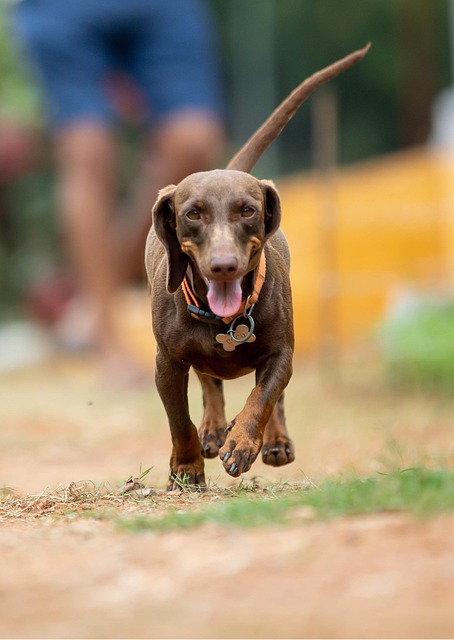Backyard flow optimization involves strategic planning to transform your outdoor space into a functional and aesthetically pleasing extension of your home. Through zone-based planning, prioritize areas for dining, relaxing, gardening, or playing, ensuring each serves a distinct purpose. Choose plants based on climate, soil type, and texture variety for visual appeal and practicality, and opt for durable hardscaping materials for low maintenance. Design for easy navigation with logical paths and accessible features to accommodate all users, creating a vibrant outdoor oasis tailored to your lifestyle.
Creating a functional backyard layout transforms your outdoor space into a vibrant, practical area for entertaining and relaxing. This guide offers expert tips on navigating the process from start to finish. First, understand your space by measuring and analyzing your backyard. Next, plan for functionality by defining zones and prioritizing needs based on how you intend to use the space. Finally, select suitable plants and hardscaping materials that balance visual appeal with practicality, ensuring your backyard flow optimization is both beautiful and useful.
Understanding Your Space: Measuring and Analyzing the Backyard
Planning for Functionality: Defining Zones and Prioritizing Needs
When designing a functional backyard layout, planning for optimal flow is key. The first step involves defining distinct zones tailored to specific activities – think dining, relaxing, gardening, or playing. This zone-based approach ensures that different parts of your backyard serve unique purposes, promoting a natural flow as you move from one area to another.
Prioritizing needs is equally important. Consider the activities that hold the most significance for your family and friends. Is it entertaining guests around a firepit? Enjoying al fresco meals on a patio? Or cultivating a vibrant garden? By ranking these needs, you can strategically allocate space and resources, creating a backyard layout that not only looks appealing but also serves its intended functions effectively.
Selecting Suitable Plants and Hardscaping Materials: Creating Visual Appeal and Practicality
When designing your backyard layout, selecting the right plants and hardscaping materials is key to achieving both visual appeal and practicality. Start by considering your climate zone and soil type to ensure plant species thrive in your specific environment. Mix in a variety of textures and heights with annuals, perennials, shrubs, and trees to create depth and interest throughout different seasons. Think beyond just aesthetics; choose plants that offer functional benefits like providing shade, attracting wildlife, or serving as natural privacy screens.
For hardscaping materials, opt for durable and low-maintenance options like stone pavers, composite decking, or wood chips for pathways and seating areas. Integrate these elements seamlessly into your design to enhance flow and functionality. For instance, create defined spaces with thoughtfully placed retaining walls or use gravel paths to encourage a natural backyard flow optimization that blends beauty and practicality in perfect harmony.
Designing for Flow and Accessibility: Optimizing Navigation and Comfortable Use of Space
When designing your backyard, prioritizing flow and accessibility ensures that your outdoor space functions well for all activities. Optimizing navigation means creating paths and entry points that are logical and convenient, allowing movement between different areas with ease. Consider the placement of furniture, plants, and other features to guide users naturally through the space. A well-designed backyard flow encourages people to explore every corner without feeling cramped or lost.
Incorporating accessible design elements enhances the overall usability of your backyard. This could include flat, smooth surfaces for wheelchair navigation, adequate clearances for push chairs, and low-maintenance landscaping that doesn’t require climbing or stepping over obstacles. By making your backyard as accessible as possible, you create a welcoming environment for guests with diverse mobility needs, ensuring everyone can comfortably enjoy the outdoor living space.
Creating a functional backyard layout involves careful planning, practical considerations, and an eye for aesthetic appeal. By understanding your space, defining zones, selecting suitable plants and materials, and optimizing flow, you can transform your backyard into a vibrant and comfortable outdoor oasis that caters to both form and function. Remember, the key lies in balancing practicality with personal style, ensuring your backyard becomes a cherished extension of your home and a place for carefree enjoyment.
